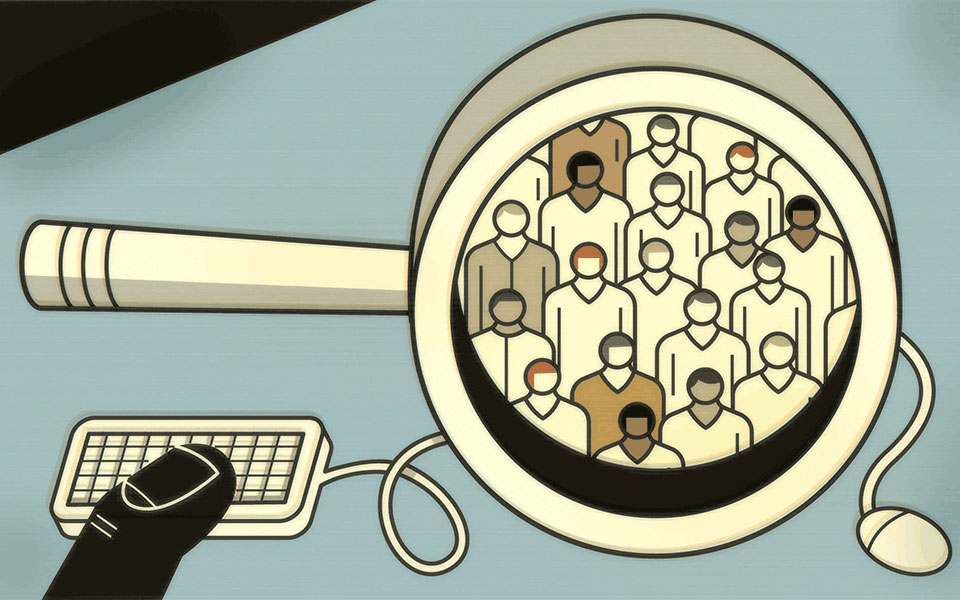-
Investigating Adverse Effects Using Epidemiology
More than 80% of the best-selling drugs on the market have been exposed to some form of safety-related lawsuits over the past decade. This includes highly publicized class actions alleging adverse effects from drugs such as Vioxx (cardiac events) and Paxil (birth defects). The fines and settlements associated with these types of cases have been significant: Between 2009 and 2011, eight such pharmaceutical mass tort cases were settled for a total of more than $8.5 billion.

"Drug safety litigation can be complex, at times involving tens of thousands of plaintiffs and often lasting several years,” says Managing Principal and Chief Epidemiologist Mei Sheng Duh, M.P.H., Sc.D. Tools from pharmacoepidemiology – which is the study of the causal connection between the use of a particular drug and a specific adverse event – can play a critical role in assessing liability in these matters, she says. At the class certification stage, for example, epidemiologic techniques can help assess commonality by identifying key patient and physician characteristics associated with use of the drug at issue. Additionally, cohort or case-control studies can be used to accurately isolate the role of the drug at issue in the development of an adverse event. “These approaches can also be invaluable in estimating damages,” Dr. Duh notes. “But the tools have tended to be underutilized in the legal community.”
The evidence used in pharmaceutical mass tort cases can draw from a wide range of research conducted during the whole life cycle of the drug at issue – from the submission of a new drug application to the US Food and Drug Administration (FDA) to the post-marketing safety monitoring and surveillance phase. “As epidemiologists, we are involved throughout all these stages, analyzing many different types of industry data, including clinical trial data, electronic medical records data, and data from the FDA’s adverse event reporting system,” Dr. Duh explains. “Our expertise in analyzing these different types of data sets can be applied in many practical ways.”
For example, among patients who have been prescribed the drug at issue, only some may have filled the prescription and taken it according to physician instructions; of that group, only a small percentage may have experienced the adverse event at issue. Using regression models and other quantitative methodologies, epidemiologists can help attorneys isolate the actual universe of people affected and, therefore, the potential scope of harm.
Such was the case in a major drug safety matter involving a heartburn medication. The drug had been removed from the market because of elevated risk of cardiac arrhythmia. Analysis Group was retained by counsel on behalf of the pharmaceutical manufacturer to conduct epidemiologic analysis in assessing the actual exposure associated with plaintiffs’ financial claims. “Our team designed an epidemiologic study using data from more than 20,000 subpoenaed plaintiff medical records to assess the etiological association between use of the drug on one hand and claimed adverse events on the other,” Dr. Duh says.
The team created a medical merit index based on regression models to assess the strength of each plaintiff’s case and to create settlement groups based on their validity. “We collected and analyzed all the relevant data and found that 30% of the plaintiffs had no prescription for the drug at issue, and 30% had a prior history of cardiac conditions,” she says. Counsel used this merit index to agree to a settlement that amounted to just 15% of the hundreds of millions of dollars that had initially been reserved.
“This epidemiologic approach combined clinical inferences and statistical analyses. The results helped counsel distinguish between cases lacking merit and those in which patients likely were harmed by the drug,” Dr. Duh notes. ■
-
Not Just for Mass Torts
Epidemiologic analysis can help address questions related to:
Securities fraud/10b-5 cases.
For instance, would the stock price of the company whose drug is at issue have declined if safety issues and clinical evidence had been disclosed earlier or differently?
False Claims Act matters.
For example, how does the language on a drug’s label map to specific disease-classification diagnoses when assessing the extent of off-label use?
Product fraud cases.
For instance, did manufacturers appropriately disclose clinical trial and other data in their ongoing interactions with the FDA, physicians, payers, and patients?
From Analysis Group Forum: Summer 2013

